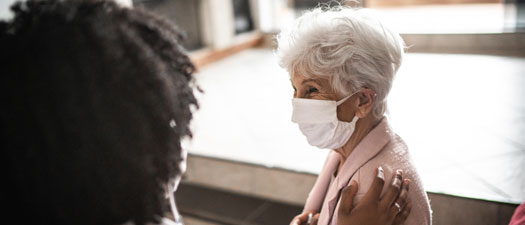Scoliosis
——
Scoliosis is a condition that makes the spine curve to the left or right. If you have scoliosis, we can help.
It's normal for the spine to have some curve to it. With scoliosis, the spine curves sideways or the wrong way. An X-ray from the front will show the spine curving like the letter "S" rather than looking like a straight line.
What are the types of scoliosis?
Scoliosis is divided into categories based on age at diagnosis:
- Infantile scoliosis is found before age three.
- Juvenile scoliosis is found between age three to puberty.
- Adolescent scoliosis is found during puberty, usually between the ages of 10 to 15.
- Adult scoliosis is found in adulthood after the spine has stopped growing.
Adolescent idiopathic scoliosis
-
OR
-
OR
-
OR
Adult scoliosis
-
OR
-
OR
Treatments
-
OR
Source: Mayo Clinic. Scoliosis. Last reviewed June 22, 2019. Accessed September 21, 2020.
Helpful resources
——

Health and wellness
Looking for ways to feel your best? Check out our wellness library and community events.
Top


